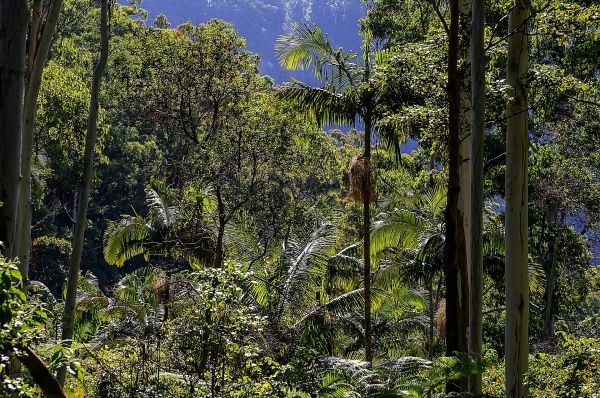How plants will fare as carbon dioxide levels continue to rise is a tricky problem and, researchers say, especially vexing in the tropics. Some aspects of plants’ survival may get easier, some parts will get harder, and there will be species winners and losers. The resulting shifts in vegetation will help determine the future direction of climate change.
To explore the question, a study led by the University of Washington looked at how tropical forests, which absorb large amounts of carbon dioxide, might adjust as CO2 continues to climb. Their results show that multiple changes occurring in plants’ leaves and competition between species could preserve these ecosystems’ ability to absorb carbon dioxide from the atmosphere. The resulting paper was published Jan. 16 in the journal Global Biogeochemical Cycles.
“Our findings suggest that plants with some types of responses, like making their leaves thicker, will ultimately grow better in tropical forests than their competitors,” said senior author Abigail Swann, a UW associate professor of atmospheric sciences and of biology. “If these better-growing plants become more common in the forest, the total rates of water and carbon exchange could stay closer to what they are now.”
Read more at: University of Washington
Photo Credit: sandid via Pixabay


